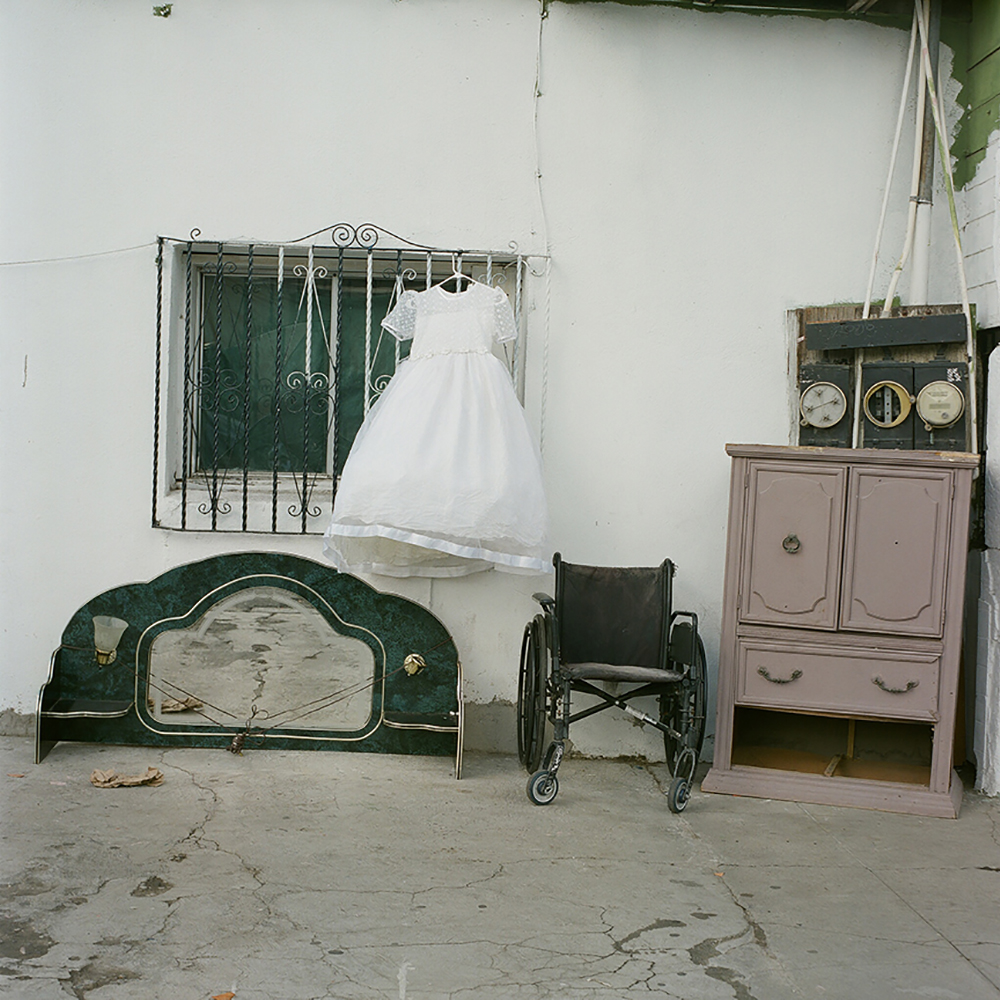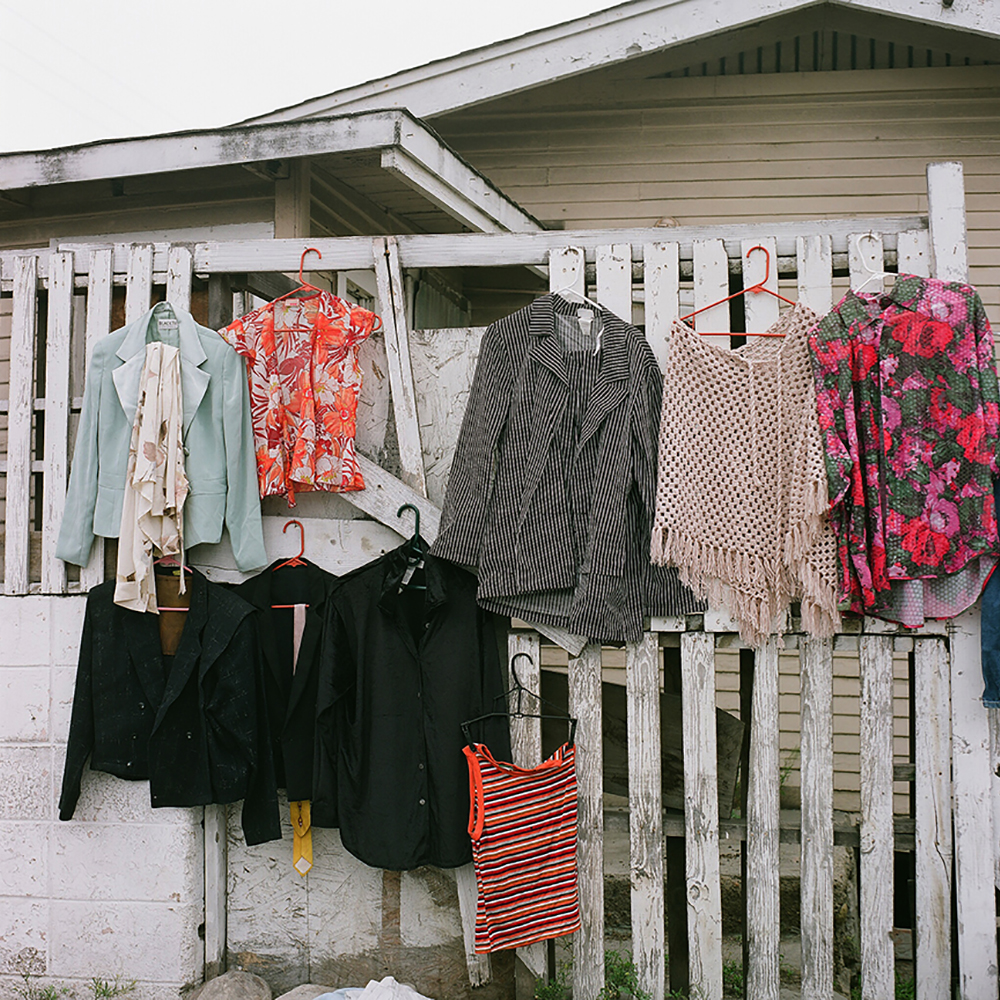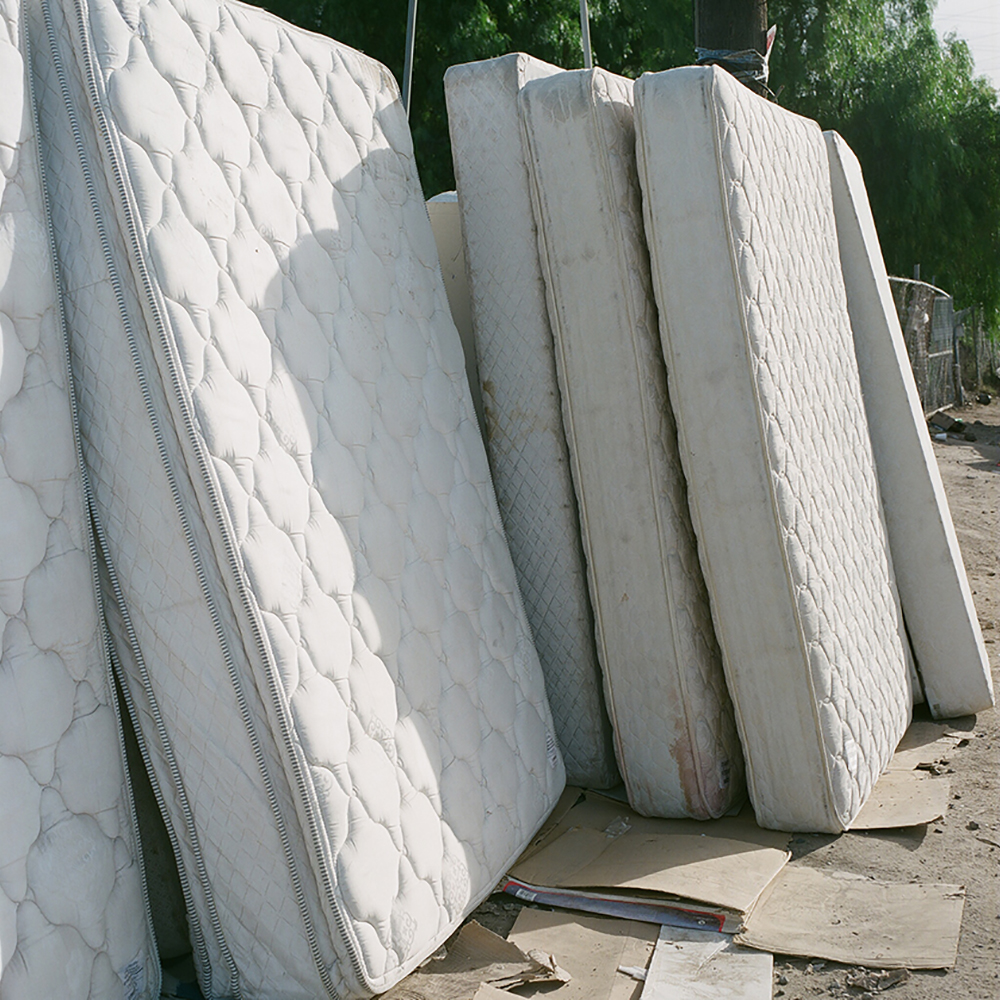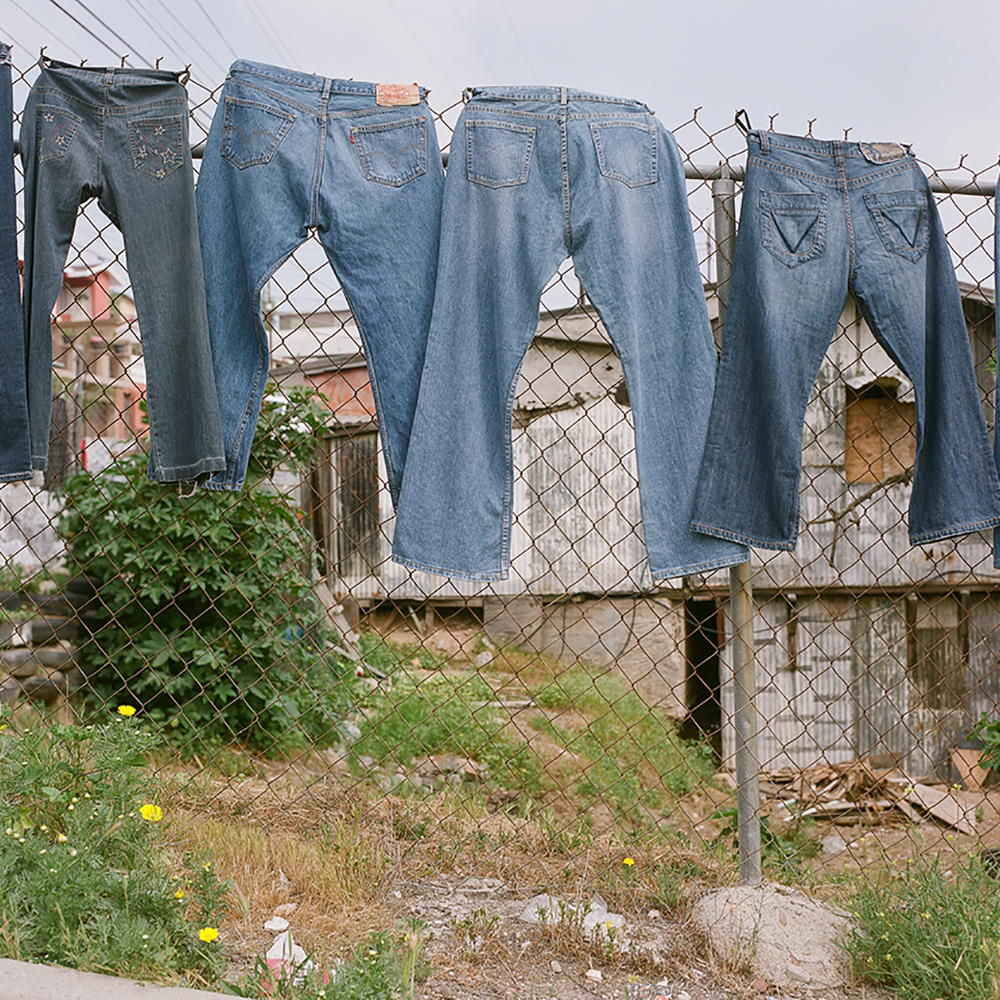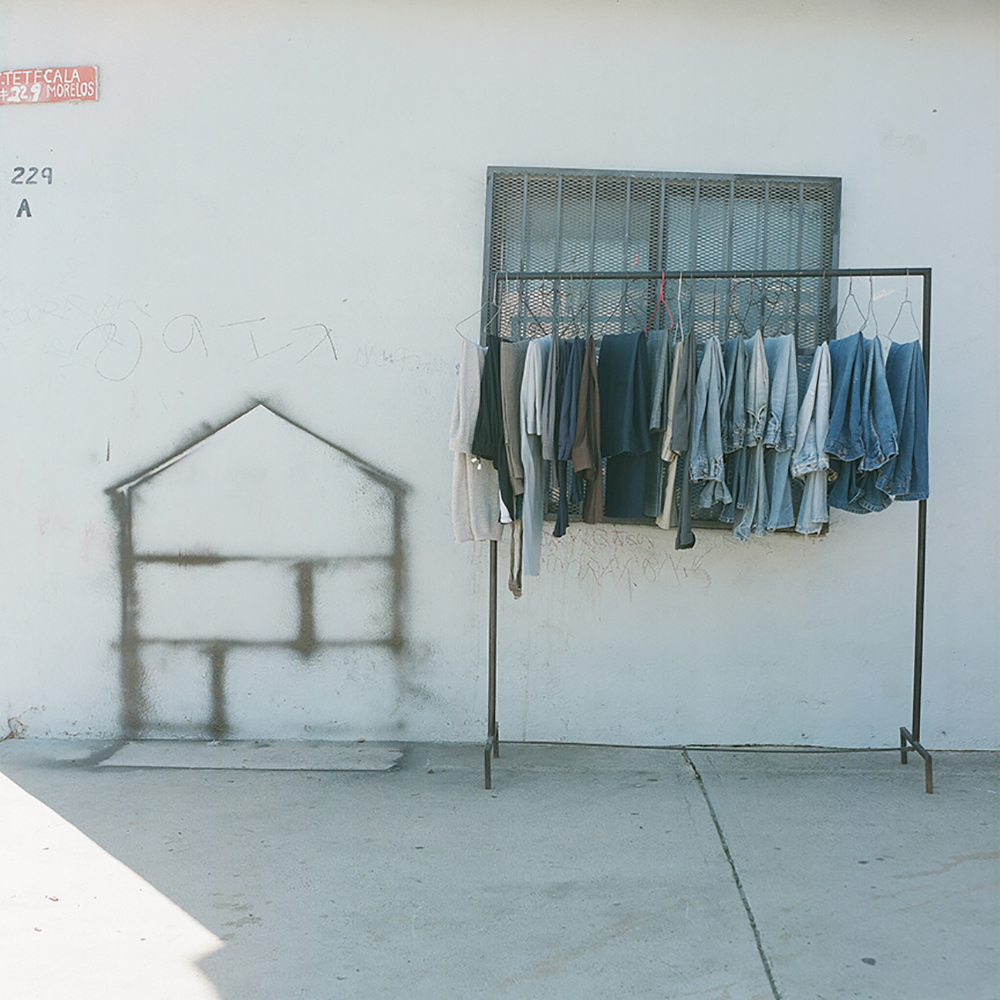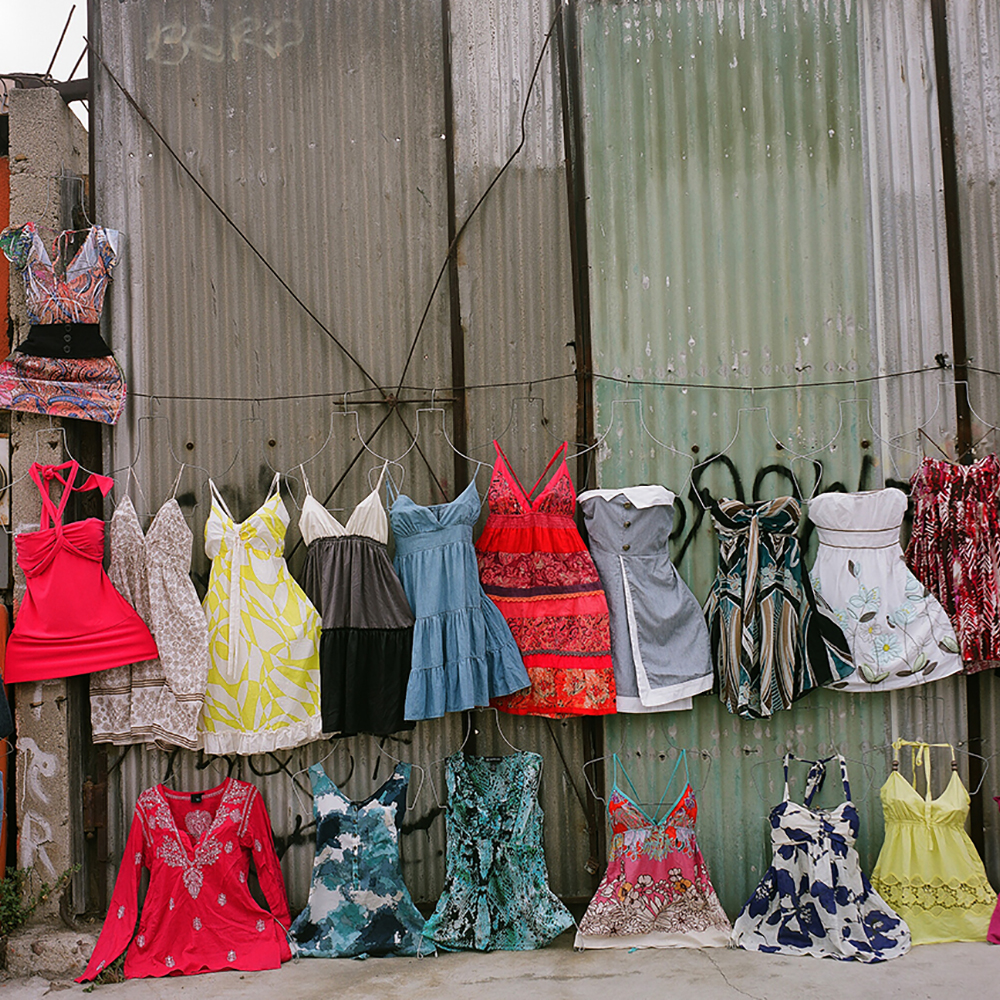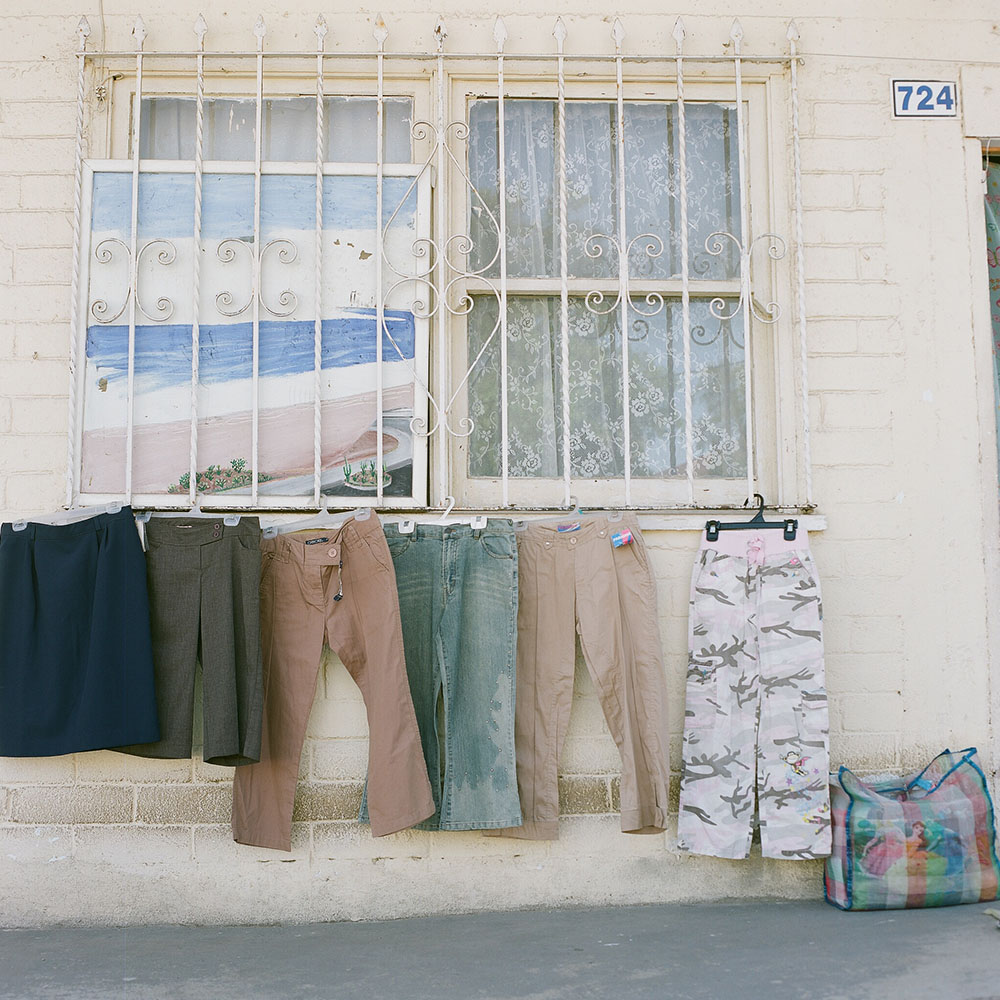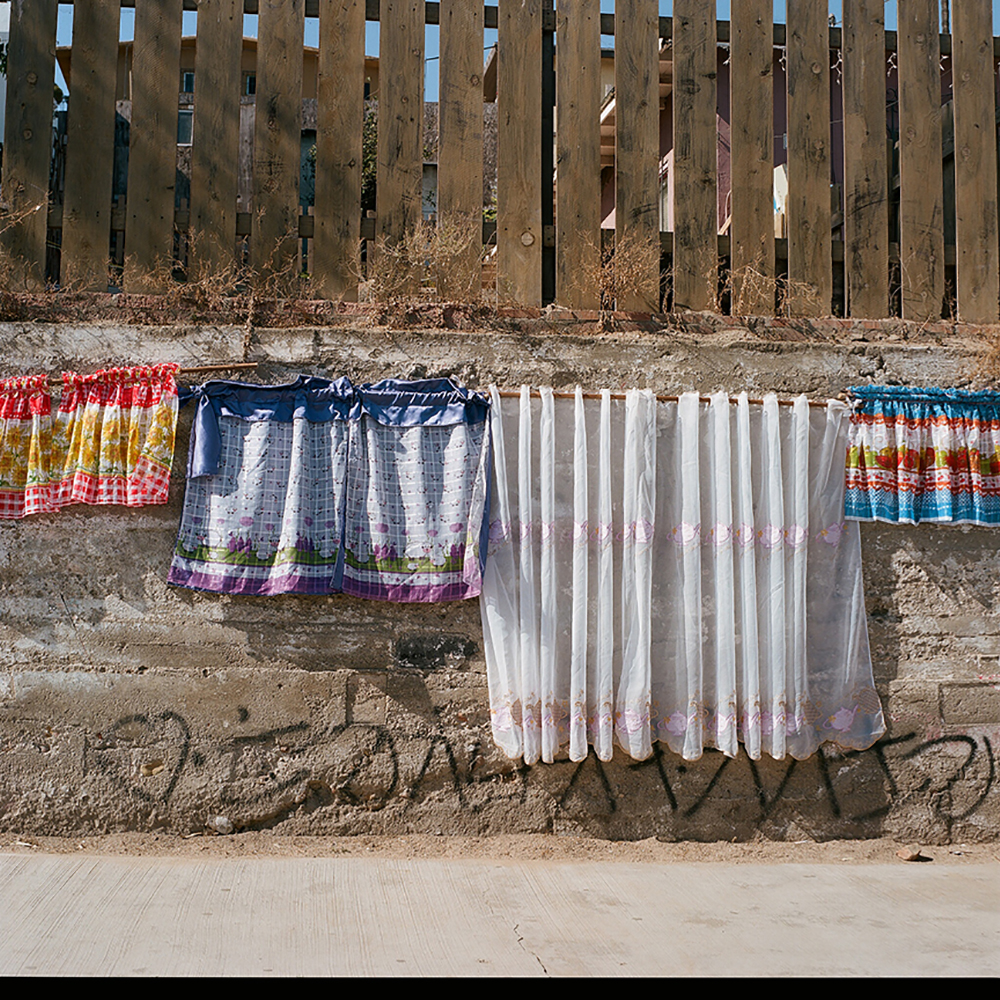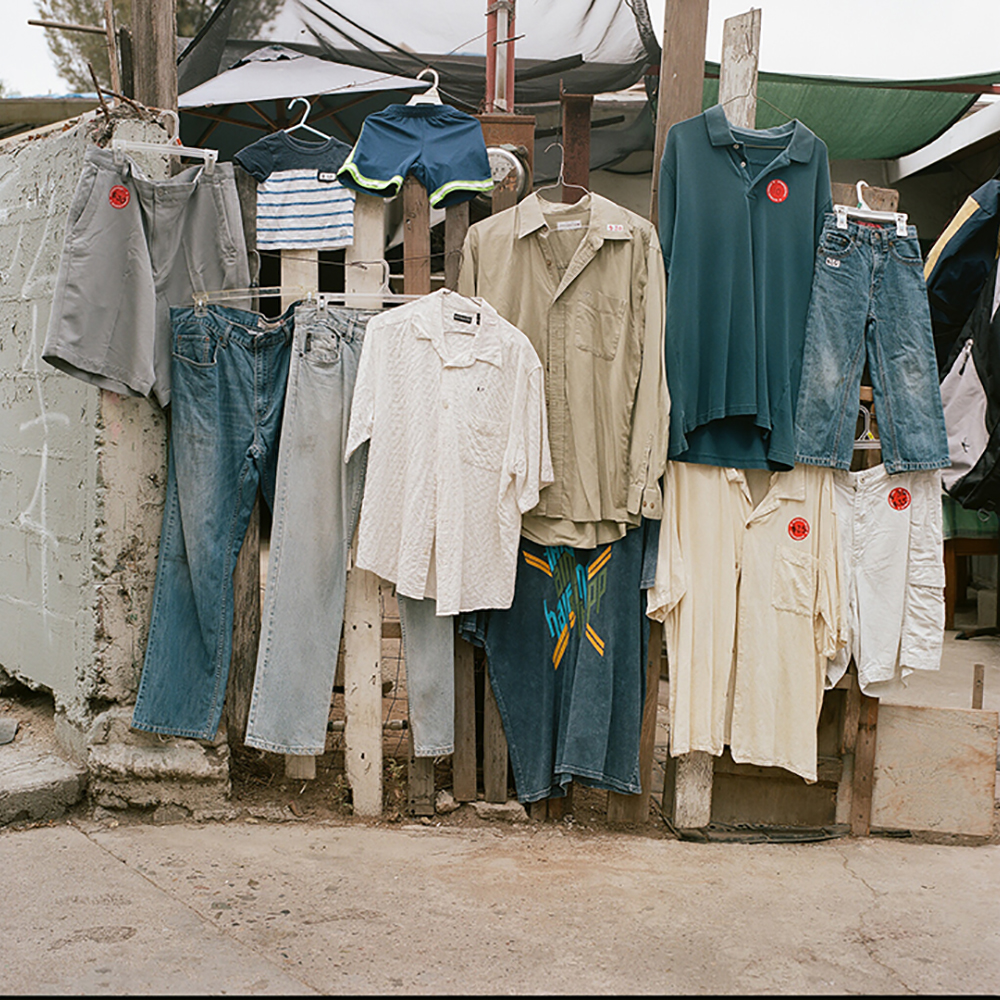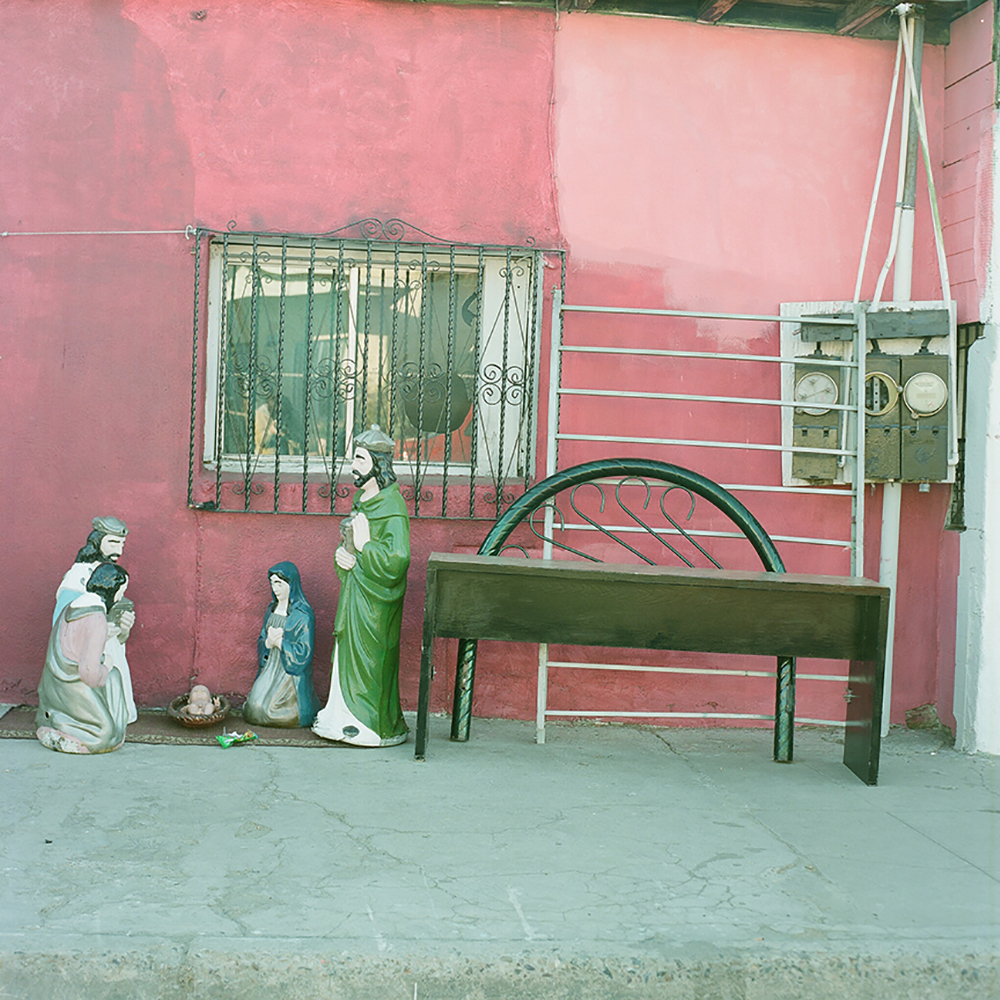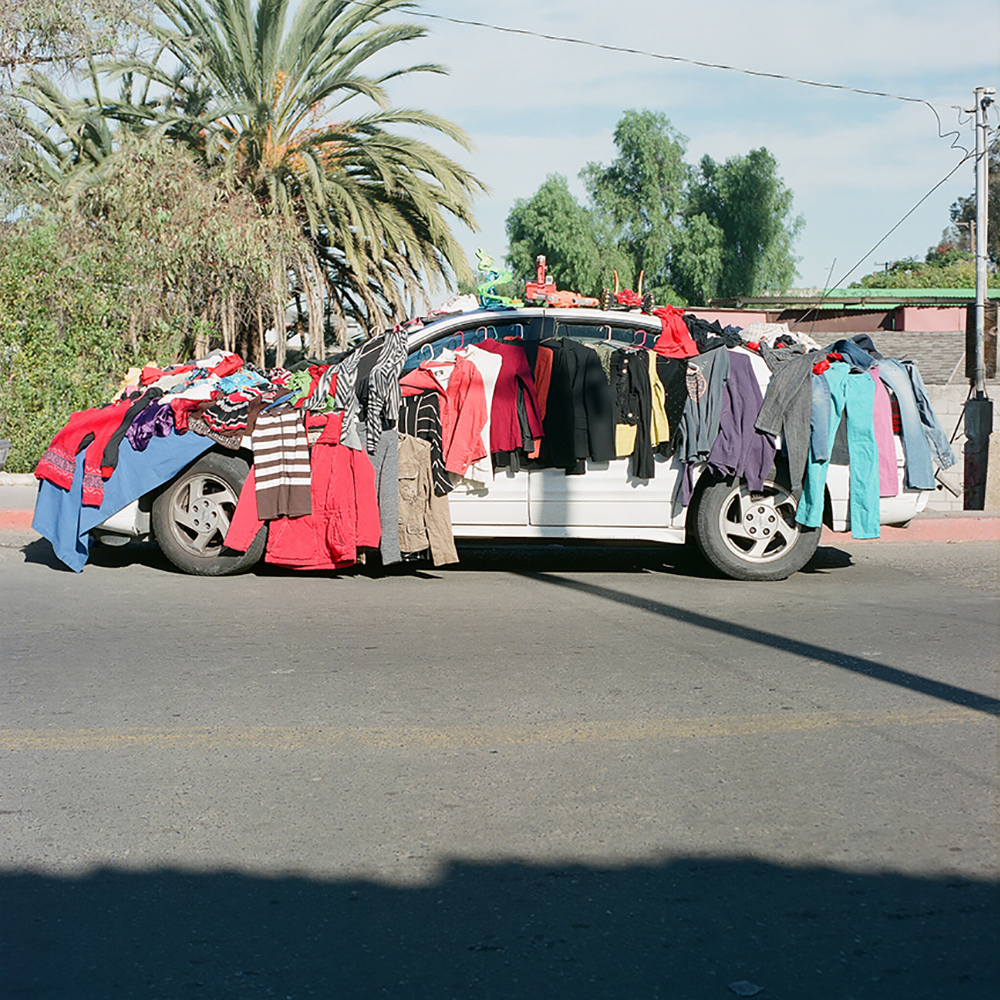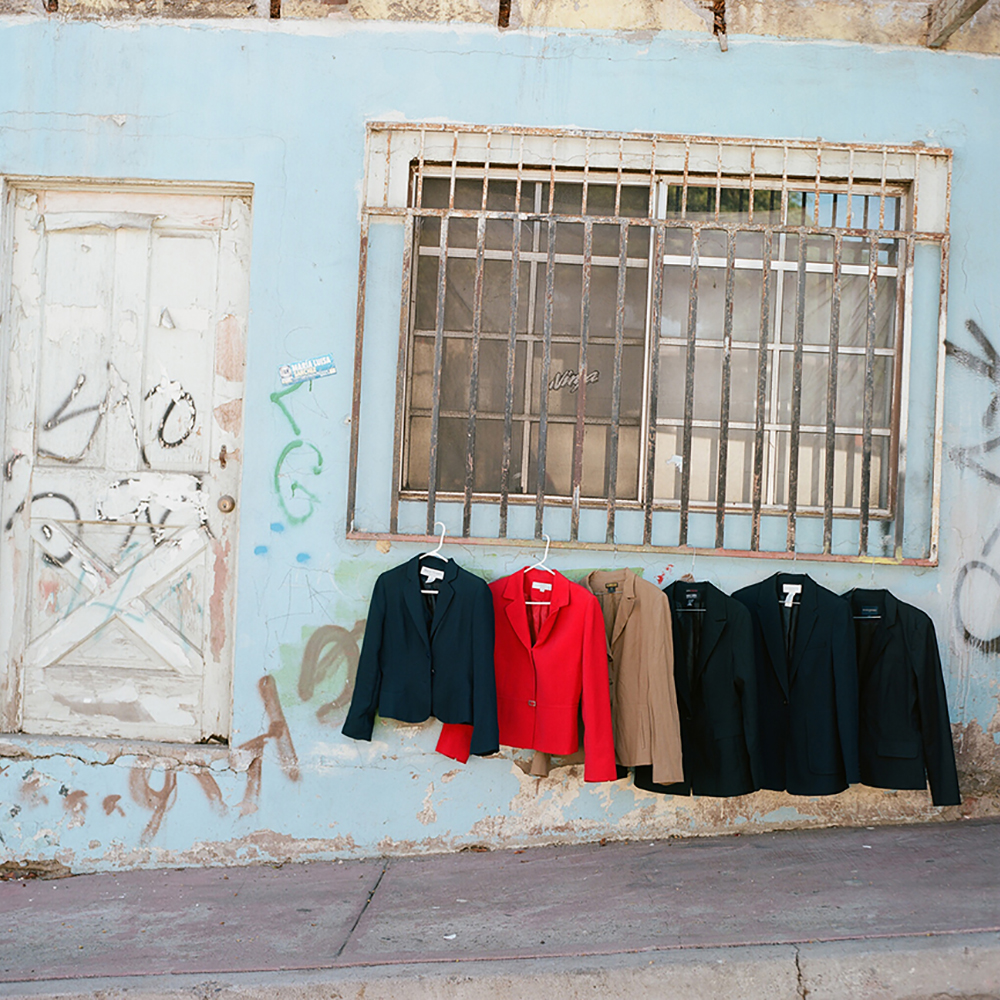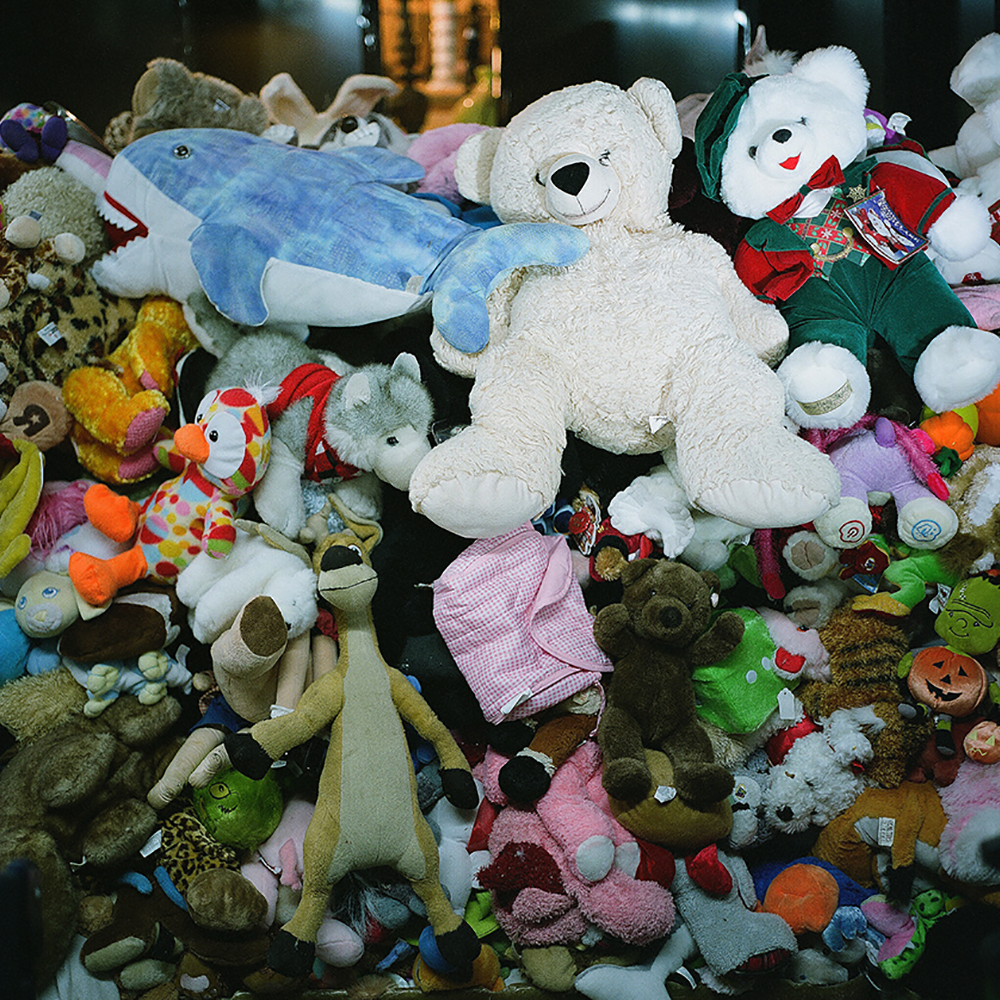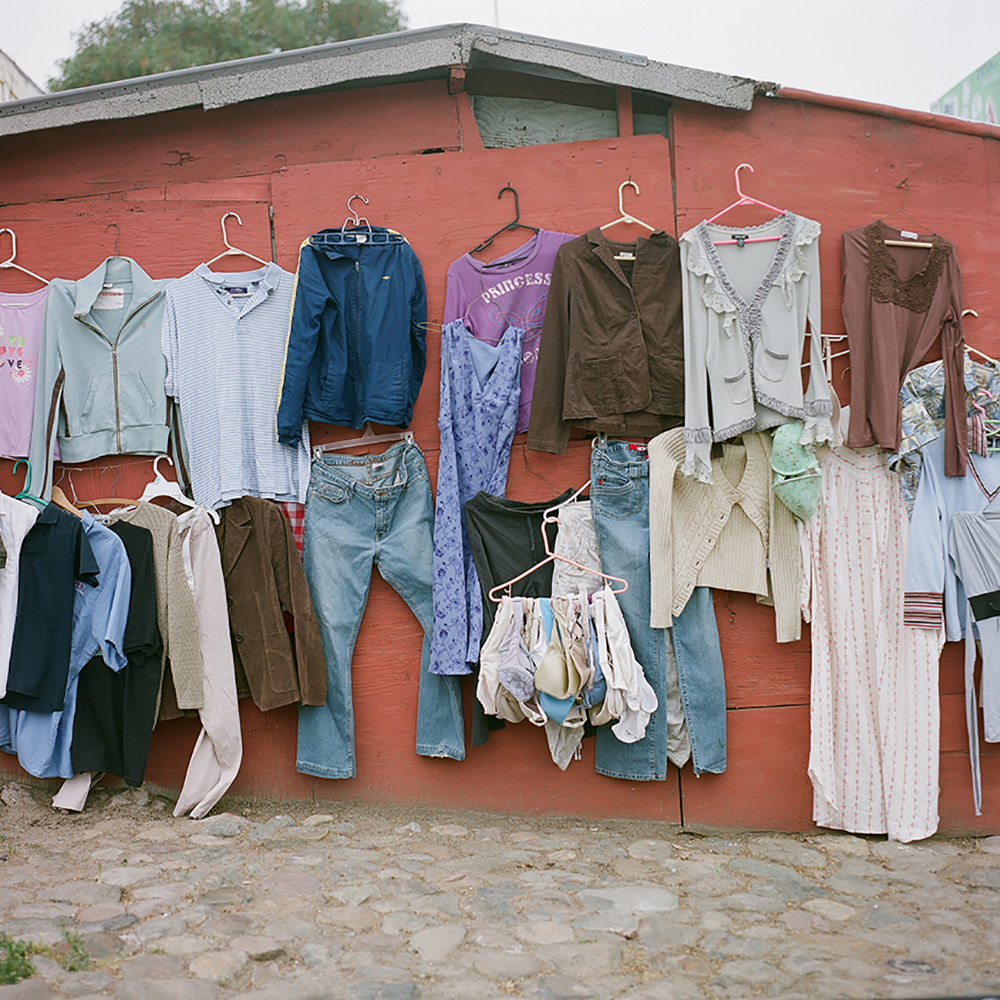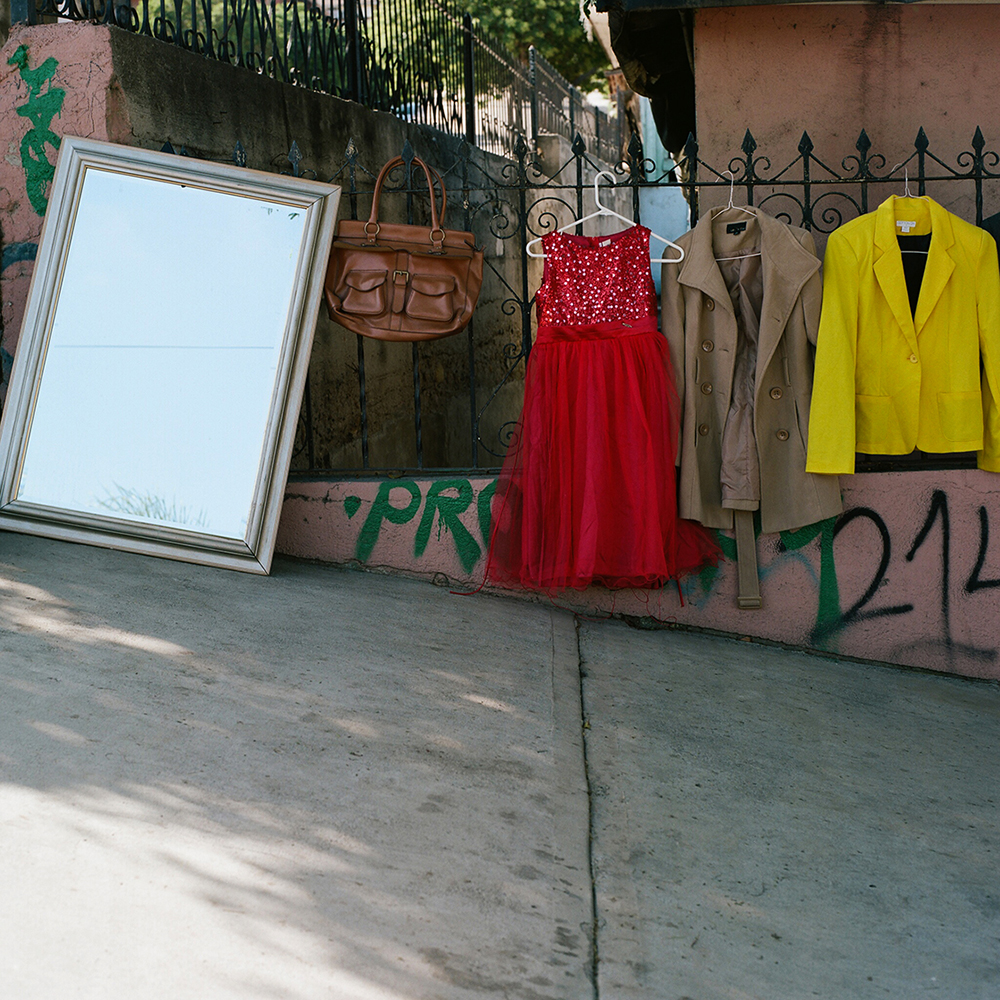Shopping In Tijuana
When did this social journey of objects begin? When did this fortress of indestructible and recyclable waste that surrounds Tijuana begin to grow? When did San Diego become a city to speculate with *Leonia: “who measures their opulence by the things that day by day they throw away, to give way to the new things “?
A society in constant and endless transformation like Tijuana reveals in its urban landscape archaeological walls in which a wall of shoes, a wall of dresses, a wall of trousers, toys, mattresses, beds, mobile homes, wheelchairs, crutches, cars could be built; an endless wall of objects that are presented without subjects.
“Shopping in Tijuana”, a social production of signs that I have documented in my walks to “drift” through canyons and colonies. My walks thus shape the places that are inhabited, used, or transformed. These places, and urban spaces, are ‘performative’ places for excellence. The sign becomes merchandise, and the merchandise becomes a sign. The products evolve into mere simulacrums of themselves, and it is then that social inequality is consecrated.
The urban landscape is undoubtedly a faithful reflection of the society that configured it. Abundance does not exist and constitutes our new tribal mythology, the morality of modernity. In the social journey of objects, there is a projective imagination: The dominant classes are presented as the ideal desire to consume and consume is the logical, coherent, complete, and positive affirmation of inequality.
Angélica Escoto
Email Me
angelicaescoto67@gmail.com



